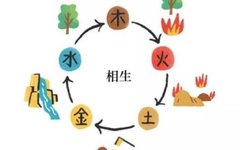
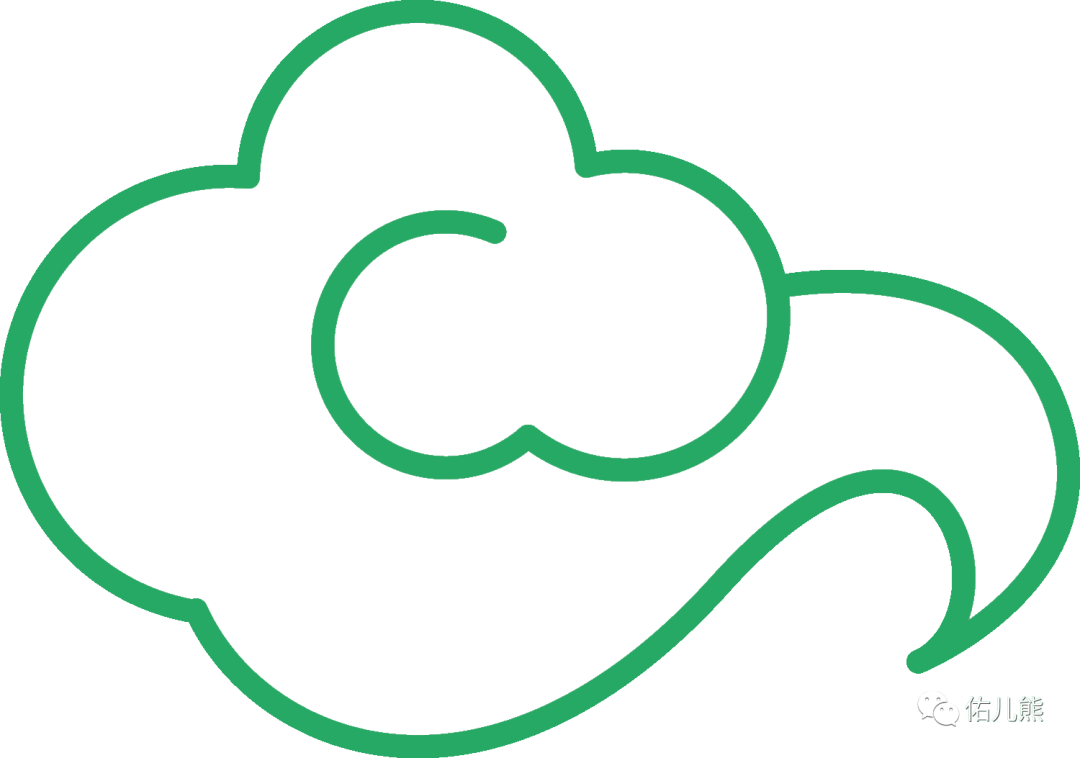
Traditional Chinese Medicine and
the Five Elements

Ancient Style
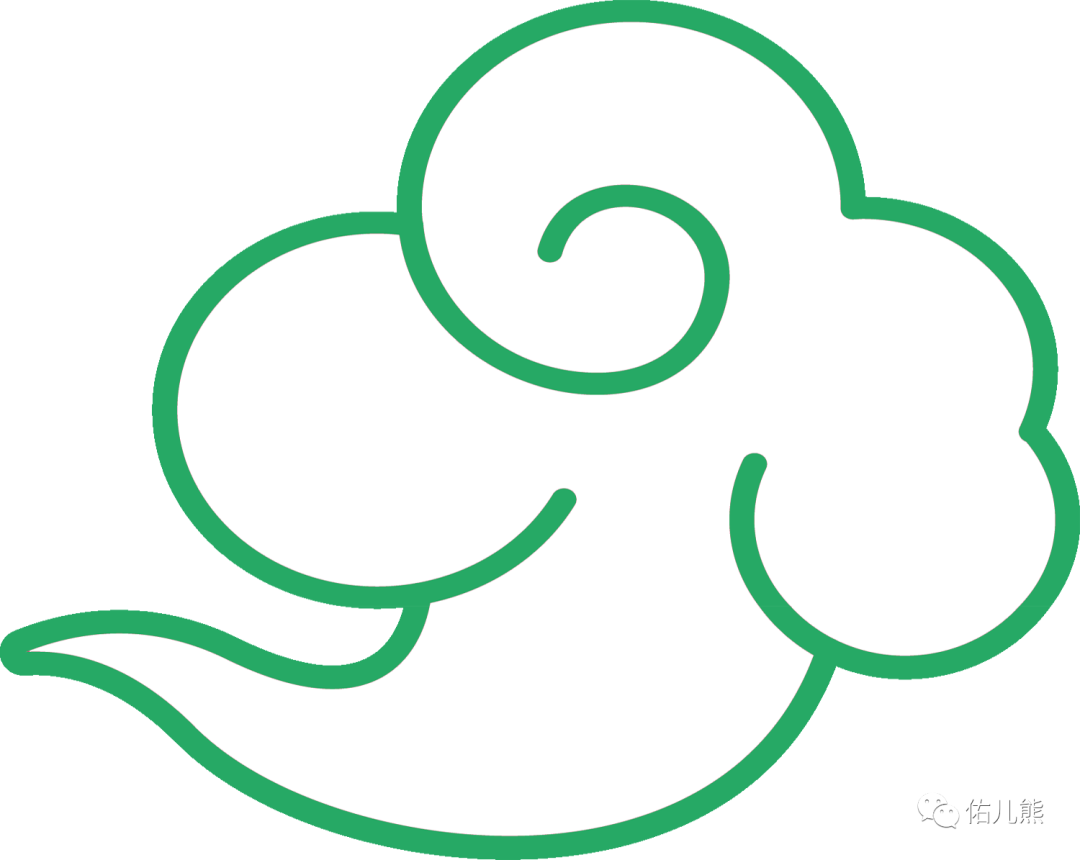
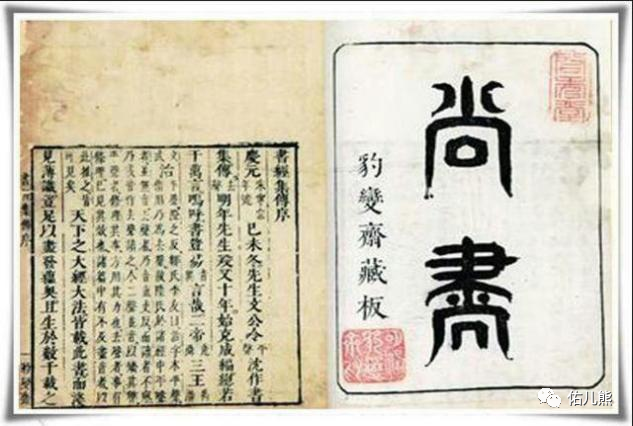
“The term Five Elements (Wǔxíng) first appeared in the Spring and Autumn period in the Book of Documents (Shàngshū). In the Book of Documents: The Oath of Gan it states: “The Hù clan threatened the Five Elements, neglecting the three principles, and Heaven used extermination to end their lives.” In the Book of Documents: The Great Plan: “Gǔn buried in the flood, and the Five Elements were described,” summarizing the characteristics of the Five Elements: “Water moistens and descends, Fire blazes and ascends, Wood bends and straightens, Metal transforms and reforms, Earth nourishes and harvests.” The theory of the Five Elements is an ancient materialistic view in China, widely used in philosophy, traditional Chinese medicine (TCM), and divination. This theory explains the formation and interrelations of all things in the world through the dynamic changes of Yin and Yang.
1. What are the Five Elements?
The Five Elements refer to the five categories of material properties: Wood, Fire, Earth, Metal, and Water. “Five” refers to the five categories of material properties; “Elements” refers to their movement and changes.
Characteristics of the Five Elements:
(1) The characteristic of Wood: “Wood bends and straightens.” The sun rises in the east, resembling Wood. As trees grow, their branches extend upwards and outwards, symbolizing growth, upward movement, and expansion.
(2) The characteristic of Fire: “Fire blazes and ascends.” The south is hot, resembling Fire. Fire has the properties of warmth and ascension, symbolizing warmth and rising.
(3) The characteristic of Earth: “Earth nourishes and harvests.” The Central Plains are fertile, resembling Earth. The earth is the mother of all things, symbolizing transformation, support, and acceptance.
(4) The characteristic of Metal: “Metal transforms and reforms.” The sun sets in the west, resembling Metal. Transformation implies change, symbolizing cleansing, restraint, and convergence.
(5) The characteristic of Water: “Water moistens and descends.” The north is cold, resembling Water. Water has the properties of moisture and descent, symbolizing coldness, moisture, and downward movement.
2. The Relationships of Generation, Overcoming, Multiplication, and Insult among the Five Elements
The relationships of generation, overcoming, and multiplication among the Five Elements maintain the balance and stability of the Five Element system, promoting the continuous generation of things. These relationships can be divided into two states:
(1) Balanced State
This includes generation and overcoming. Generation and overcoming are key to maintaining the balance of Yin and Yang; both are “physiological.”
(2) Abnormal State
This includes multiplication and insult. At this point, balance has been lost, and they are “pathological.”
1. Generation among the Five Elements
Generation among the Five Elements refers to the orderly reciprocal nurturing, assistance, and promotion relationships among Wood, Fire, Earth, Metal, and Water.
The order of generation among the Five Elements: Wood generates Fire, Fire generates Earth, Earth generates Metal, Metal generates Water, Water generates Wood.
The relationship of generation among the Five Elements: The Classic of Difficulties (Nánjīng) compares this to a mother-child relationship, where “the one that generates me” is the mother, and “I generate” is the child.
For example: Metal generates Water, which generates Wood; in relation to Water: Metal is the generating (mother), Wood is the generated (child), and so on.
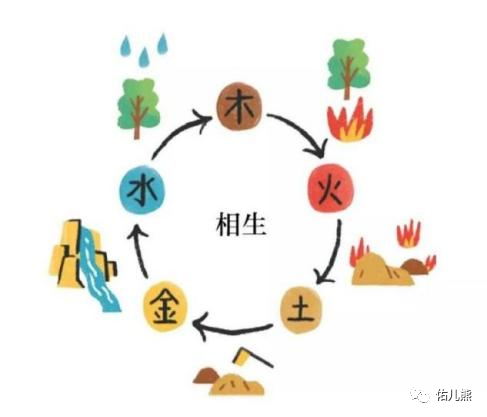
2. Overcoming among the Five Elements
Overcoming among the Five Elements refers to the orderly mutual restraint, control, and suppression relationships among Wood, Fire, Earth, Metal, and Water, aimed at “preventing excess.”
The order of overcoming among the Five Elements: Wood overcomes Earth, Earth overcomes Water, Water overcomes Fire, Fire overcomes Metal, Metal overcomes Wood.
The relationship of overcoming among the Five Elements: The Inner Canon of Huangdi (Nèi Jīng) refers to the overcoming relationship as “the victorious” and “the defeated” relationship: “the one that overcomes me” is what I “cannot overcome,” and “I overcome” is what I “can overcome.”
For example: Metal overcomes Wood and Earth; in relation to Wood: I overcome (victorious) is Earth, and the one that overcomes me (defeated) is Metal, and so on.

3. Multiplication among the Five Elements
Multiplication, also known as excessive overcoming, refers to the orderly mutual doubling of restraint, control, and suppression among Wood, Fire, Earth, Metal, and Water, aimed at “offense,” that is, taking advantage of weaknesses to attack, reflecting the law of the survival of the fittest.
The order of multiplication among the Five Elements: consistent with the direction of overcoming. Wood multiplies Earth, Earth multiplies Water, Water multiplies Fire, Fire multiplies Metal, Metal multiplies Wood.
There are three reasons for multiplication:
1) The one that multiplies (the victorious) is insufficient, while the one that is attacked (the defeated) is relatively excessive, thus the victorious suffers from the doubled restraint of the defeated.
For example, “Earth is deficient and Wood multiplies” means that Wood is not overly excessive, and the restraining power over Earth is still within normal limits, but due to the deficiency of Earth, the power of Wood overcoming Earth is relatively enhanced. This is often seen in clinical cases of liver-spleen disharmony or liver qi invading the stomach. In TCM theory, the liver is the organ most easily affected by emotions. Long-term irritability and anger are manifestations of excessive liver fire, and the relationship between the liver and spleen is very close. Excessive liver fire can invade the spleen, damaging its function. The spleen and stomach are located in the middle jiao, where the spleen governs the upward movement of clear qi, and the stomach governs the downward movement of turbid qi. The orderly rise and fall of these two is the basis for maintaining digestive function. The liver governs the smooth flow of qi, and its function coordinates and promotes the rise and fall of the spleen and stomach. Good emotions are very important for the gastrointestinal tract; in treating stomach diseases, “three parts treatment, seven parts nourishment” emphasizes the importance of maintaining stable emotions for patients with spleen and stomach diseases.
2) The attacker (the defeated) is excessive, overly restraining the one that multiplies (the victorious), leading to its weakness.
For example, “Wood is excessive and multiplies Earth” means that Wood is overly excessive, excessively restraining its victorious Earth, leading to the weakness of Earth. This is often seen in clinical cases where severe emotional changes cause dysfunction of the spleen and stomach.
3) There is both an excessive attacker (the defeated) and a deficient one (the victorious), and the disparity in strength between the two becomes increasingly large, resulting in severe multiplication.
For example, “Wood multiplies Earth” indicates both the excessive Wood and the deficient Earth.
The Classic of Prescriptions of the Golden Coffer (Jīn Guì Yào Lüè) mentions “When seeing liver (Wood) disease, know that liver (Wood) transmits to spleen (Earth), and one should first strengthen the spleen (Earth),” providing treatment ideas for common clinical cases of liver qi stagnation or excess, where the weakness of spleen and stomach function easily leads to pathological changes of “liver qi invading the spleen.”
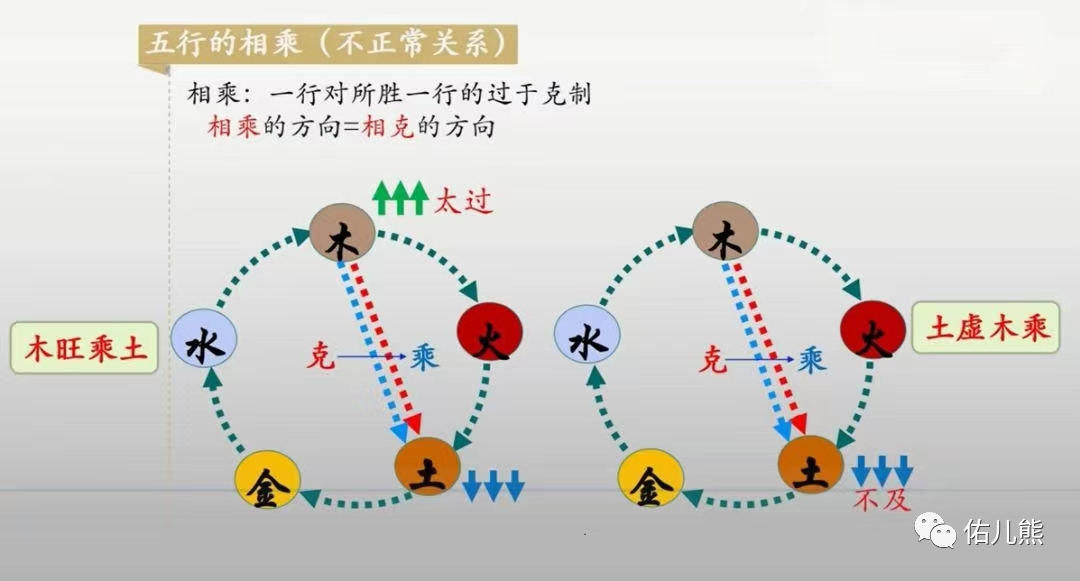
4. Insult among the Five Elements
Insult, also known as reverse overcoming, refers to the orderly mutual reverse restraint, control, and suppression among Wood, Fire, Earth, Metal, and Water.
The order of insult among the Five Elements: Wood insults Metal, Metal insults Fire, Fire insults Water, Water insults Earth, Earth insults Wood.
Reasons for insult: There are two types:
1) The one being overcome is excessively strong
This means that one of the Five Elements is too strong, causing the originally restraining element to not only fail to restrain it but to be restrained in return. For example, in TCM, “Wood and Fire harm Metal” means that the lung Metal should restrain the liver Wood, but due to excessive anger leading to excessive liver fire, the lung Metal not only fails to restrain the liver Wood but is instead harmed by the liver fire, resulting in symptoms such as irritability, flushed face, and even coughing up blood due to the liver Wood insulting the lung Metal. This can be extrapolated.
2) The one that overcomes is itself weak
This means that one of the Five Elements is too weak, causing it not only to fail to restrain the victorious element but to be restrained by it. For example, in TCM, “Wood is weak and Earth insults” means that under normal circumstances, Metal overcomes Wood, and Wood overcomes Earth, but when Wood is excessively weak, not only does Metal attack Wood, but Earth will also “insult” due to the weakness of Wood. This can also be extrapolated.

The application of the Five Elements theory in Traditional Chinese Medicine mainly analyzes and summarizes the structural and physiological functions of the human body through the characteristics of the Five Elements, guiding the diagnosis and treatment of diseases by constructing the system of the five zang organs.
For example, a green complexion, sour taste in the mouth, and a wiry pulse are often seen in liver diseases; a red complexion, bitter taste in the mouth, and a surging pulse are often seen in excessive heart fire. In patients with spleen deficiency, a green complexion is observed, indicating that Wood is invading Earth, often seen in liver qi invading the spleen; in patients with heart disease, a black complexion is observed, indicating that Water is invading Fire, often seen in kidney water ascending to the heart.
(Refer to the Five Elements Correspondence Table below)

Additionally, in guiding disease prevention and treatment, the methods and principles can also be determined based on the laws of generation and overcoming among the Five Elements. For example, common treatment methods determined by the generation of the Five Elements include: nourishing Water to support Wood, tonifying Fire to supplement Earth, nurturing Earth to generate Metal, Metal and Water generating each other, and nourishing Wood to generate Fire; common treatment methods determined by the overcoming of the Five Elements include: restraining Wood and supporting Earth, draining Fire and moistening Metal, nurturing Earth to control Water, assisting Metal to balance Wood, and draining the South and tonifying the North.

WeChat ID|youerxiong
Address|Yunnan University of Traditional Chinese Medicine
Text and Image Editing Li Shangwu, Bao Qiuyan
Text Proofreading Liu Huizi, Li Shangwu, Bao Qiuyan
Editors Wang Na, Wu Xincheng, Wang Bo

